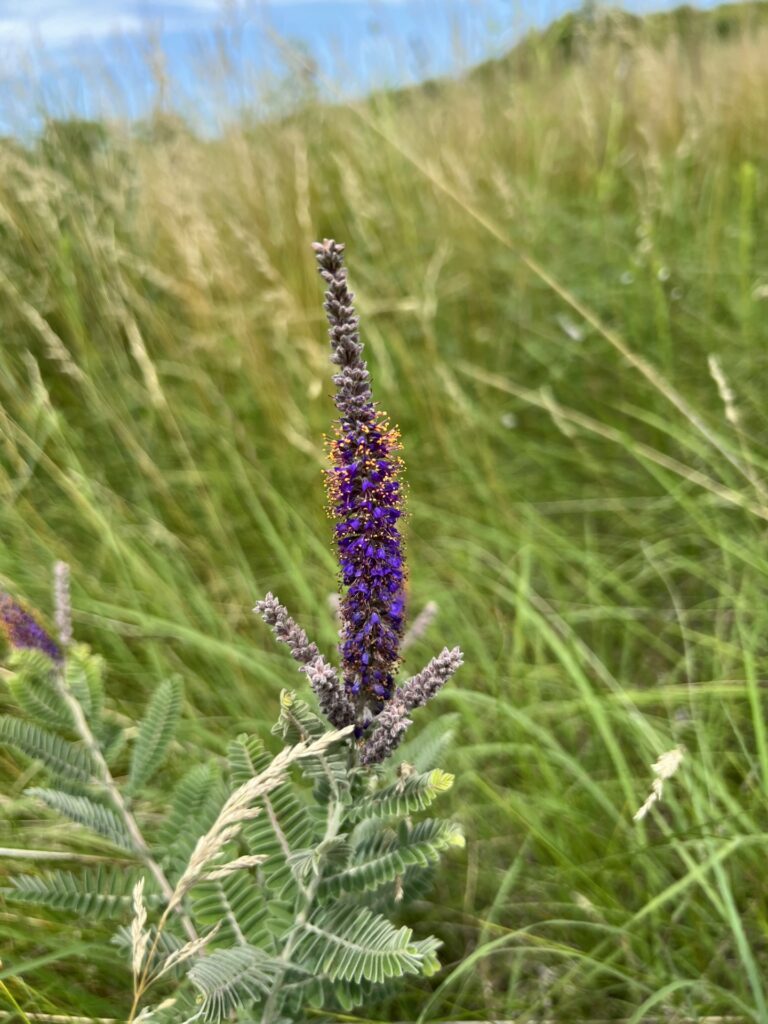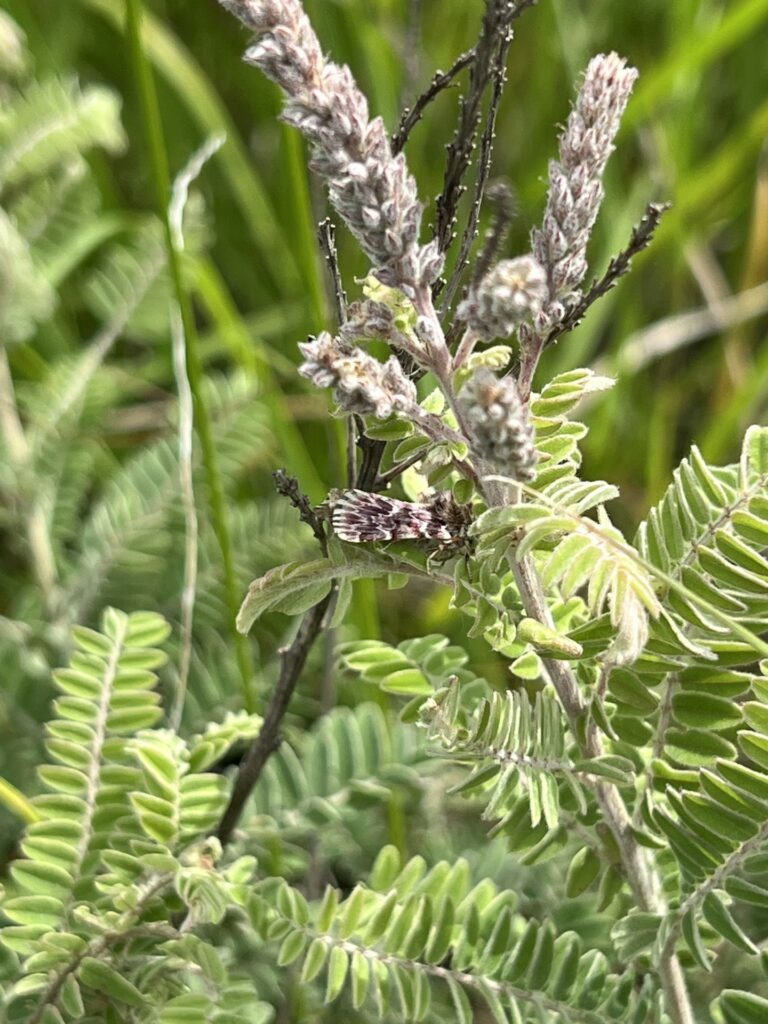“An Inordinate Fondness for Bugs” – Part 1

By Caitlin Patrick, Outdoor Education YO3 Crew Member / AmeriCorps Member serving with Dakota County Parks
Creepy, crawly, (and sometimes airborne!) critters. That’s right, I am talking about bugs. Like many others, I used to be quite afraid of them, and the ones that I wasn’t running at with a shoe, I often did not take much time to notice. However, after taking an entomology course where we were required to get “elbow deep” in insects, I started noticing how fascinating their little world is. Bugs have now become a special interest of mine and I have been excited to explore this more while being a crew member of Youth Outdoors with CCMI.
With the blog posts that I will be contributing to the CCMI page, I hope to foster that interest in bugs in others or remove some of the “scaries” surrounding them. At the very least, I’ll be providing some interesting info and fun photos of insects that I take in the field while serving this season.

Today we are talking about the Leadplant flower moth. While serving in conjunction with Dakota County Parks, our crew was able to see one of these moths in the bison prairie of Spring Lake Park Reserve. We were conducting a leadplant/ leadplant flower moth survey in which our crew along with some members of the Dakota County team, were counting stems of leadplant in a number of transects within the restored prairie. Throughout the prairie restoration process, one of the prairie plant populations that has been monitored and fostered, is Leadplant. This is the Leadplant Flower Moth’s primary host plant in its larval stage, and in Minnesota it is likely the only host plant as the moth has not been found to occur where leadplant is absent (MNDNR 2018). As of 2013, the Leadplant Flower Moth has been listed as a special concern species in Minnesota.
These moths are nocturnal, so during the day they mainly rest motionless on the leadplant (MNDNR 2018). This fact plus their adaptive coloration and pattern, makes it pretty tricky to spot them in the field. So, while we were conducting our survey, our Dakota County specialists told us not to worry if we didn’t count any moths that day. However, they shared that if we did see the moth or caterpillar (which also conceals itself quite nicely) we must holler and make sure everyone knows so they can come see too. Much to our dismay, our crew did not spot any Leadplant Flower Moths while the survey occurred.
Shortly after we concluded our survey and began a separate one in the prairie, we heard a holler. Someone had spotted one! While it didn’t get to be counted officially, it was still exciting as we ran over and quietly approached to look at the hidden insect. More surveys will be conducted throughout the season, and I am hoping that the next one we will be able to count some Leadplant Flower Moths in it! This species is just one of many that displays the importance of conserving and continuing the restoration of native prairies.


Leadplant Flower Moth facts: MN Dept. of Natural Resources
An Inordinate Fondness for Beetles (quote usage)